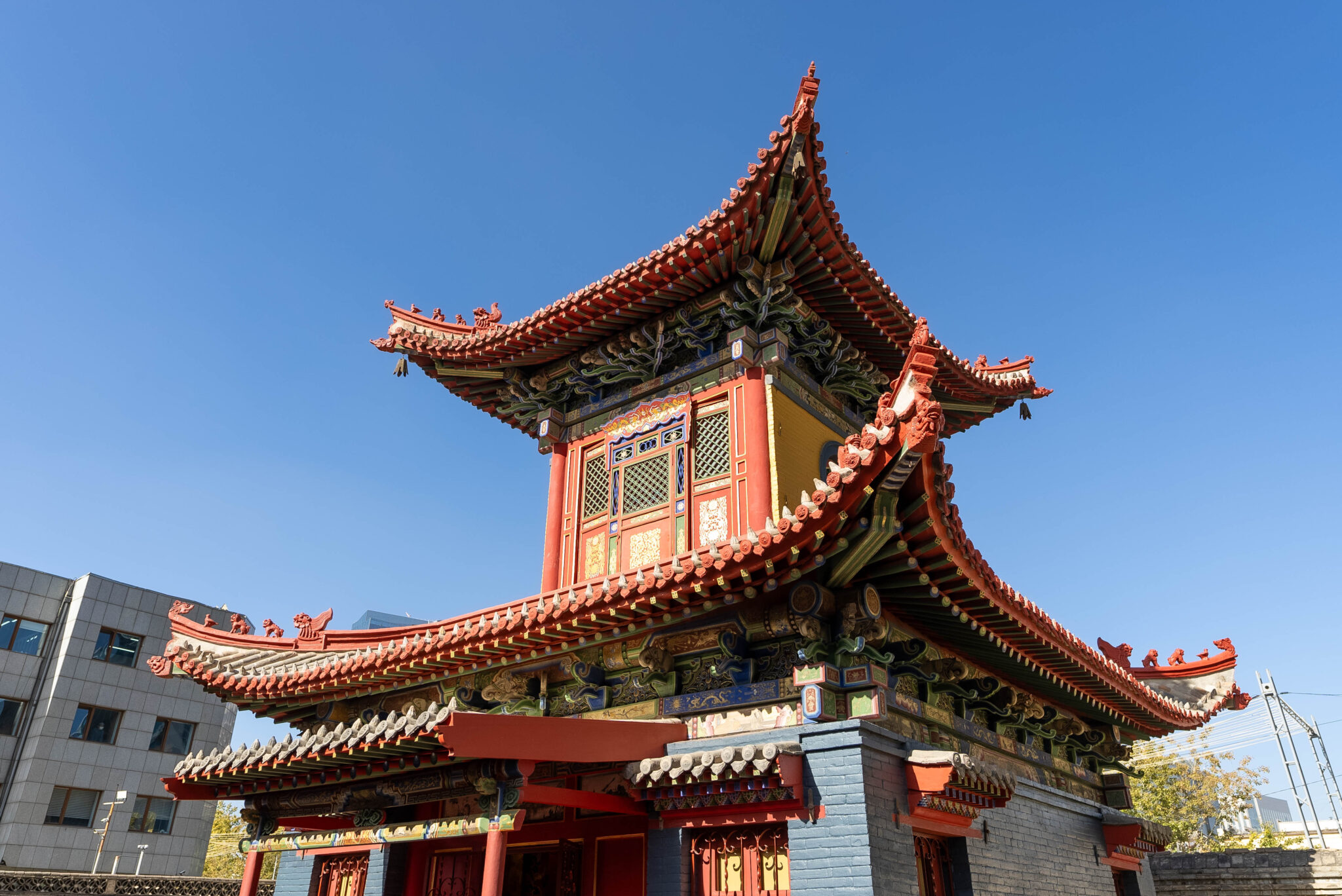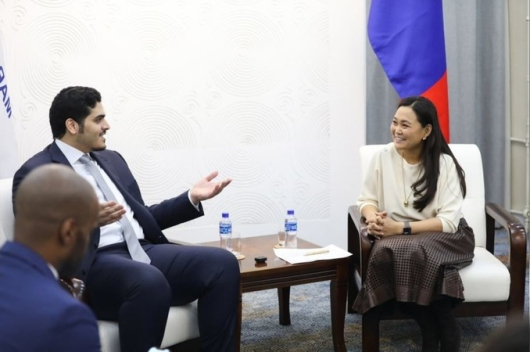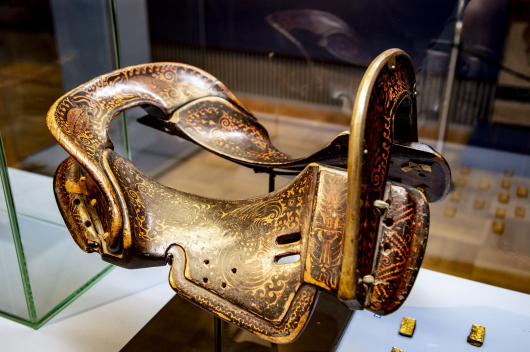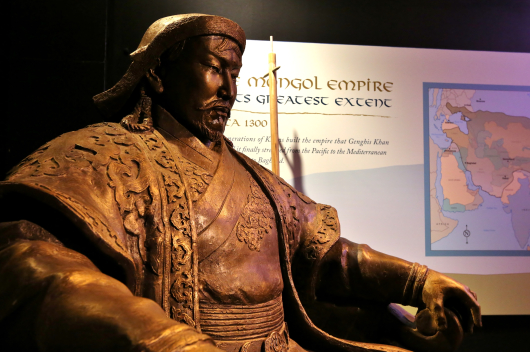A multi-year project to restore part of the Choijin Lama Temple Museum in Ulaanbaatar is now complete. The work was funded by the U.S. Ambassadors Fund for Cultural Preservation (AFCP) and was performed by the New York-based World Monuments Fund (WMF) and the Arts Council of Mongolia (ACM), in collaboration with Enerjin LLC.
In his remarks at the completion ceremony, U.S. Ambassador Richard Buangan highlighted the site’s significance: “It is a symbol of Mongolia’s resilience and a testament to the importance of democracy, religious freedom, and independence. These are values that both our nations hold dear and work tirelessly to preserve.”
Built in 1908, the temple was named for the official state oracle, the Choijin Lama. The project focused on preserving the part of the complex known as the Yadam (or Hallowed Divinity) Temple, which was once a private prayer hall for the Lama. The temple is a rare surviving example of its style of religious architecture in Mongolia and was included on the 2020 World Monuments Watch due to its significance to the history of Buddhism in Mongolia. The temple is especially important because after communists took power in Mongolia, it was one of few religious sites in the country that escaped being shuttered or destroyed.
Since 2001, the United States has invested more than $2.5 million through the AFCP to preserve Mongolia’s cultural heritage. In addition to the Yadam Temple, the fund has supported work to restore Amarbayasgalant Monastery, a leopard skin ger in the Bogd Khaan Museum, Bronze Age deer stones around Khanui Valley, among other important pieces of Mongolia’s history and culture.
“We are committed to continuing this fund to support important projects,” said Ambassador Buangan. “It is important that our two countries continue to work together to safeguard Mongolian heritage so generations to come can learn from and connect with their history and values.”
 3,575.44
3,575.44












Related News